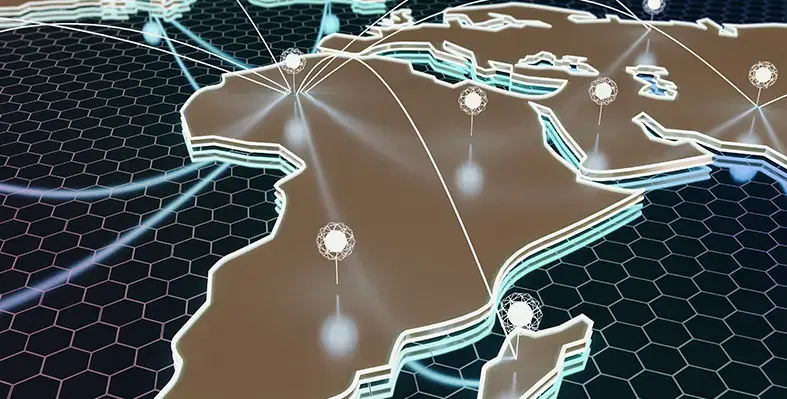ZTE Corporation, a global leader in integrated ICT solutions, together with MTN, one of Africa’s largest telecom operators, has announced the world’s first commercial deployment of a 5-band Remote Radio Unit (RRU)
The breakthrough, achieved in South Africa’s Western Cape Province, marks a major advancement in radio frequency technology and adds momentum to the continent’s telecom evolution.
South Africa, home to over 60 million people, is among Africa’s most advanced telecommunications markets. MTN currently provides more than 97% LTE population coverage across the nation, underscoring its mission to deliver quality connectivity, even to remote communities.
As customer demand for multi-band and multi-module services increases, operators face hurdles such as high power consumption, tower load, and space limitations. MTN’s adoption of the 5-band RRU offers a direct solution, boosting network performance, improving energy efficiency, and simplifying deployments to enable faster and more sustainable expansion of advanced connectivity.
Traditionally, adding new frequency bands requires new hardware, additional space, and more power. The new 5-band RRU, powered by ZTE’s in-house chipset, combines MTN South Africa’s low and mid bands (FDD) into one compact unit. This innovation cuts RAN RF modules on towers by half, reduces equipment weight by 23%, and lowers wind resistance by 18%. These optimisations ease site construction, reduce complexity, and free tower space.
ZTE has also introduced its Super-N amplifier architecture, which activates dense arrays of amplifiers on demand, overcoming the limitations of traditional Doherty systems. This design maintains efficiency under variable loads, achieving a 42.7% reduction in site power consumption and a 45.8% improvement in energy efficiency (Wh/GB). The results support South Africa’s push for a greener, low-carbon society and set a global benchmark for sustainable telecom development.
Rami Farah, chief technology officer, MTN South Africa, commented, "MTN's collaboration with ZTE on the world's first 5-band RRU commercial deployment effectively addresses multiple challenges faced by operators in terms of coverage, capacity, cost, and energy efficiency. It provides a new, replicable, highly integrated site solution for Africa and even the global market, accelerating the evolution of telecommunication networks towards higher efficiency and lower carbon emissions, continuously injecting core momentum into Africa's digital economy and promoting African telecommunication technologies to a higher level."
Luca Shen, CEO, ZTE South Africa, remarked, "ZTE has always regarded product leadership as its core competitiveness and is committed to delivering cutting-edge solutions. The in-depth collaboration with MTN not only achieves mutual benefits and win-win outcomes for both parties but also accelerates the rapid upgrade of South Africa's telecommunication network, setting a benchmark for digital transformation across the African continent."
Both ZTE and MTN have reaffirmed their dedication to advancing Africa’s digital infrastructure, emphasising energy conservation, emission reduction, and digital economy growth. With a shared vision of “protecting nature through technology and driving the future through innovation”, the companies will continue to work together to bridge the digital divide, deliver sustainable, smart networks, and contribute to wider economic and social development across the continent.



























